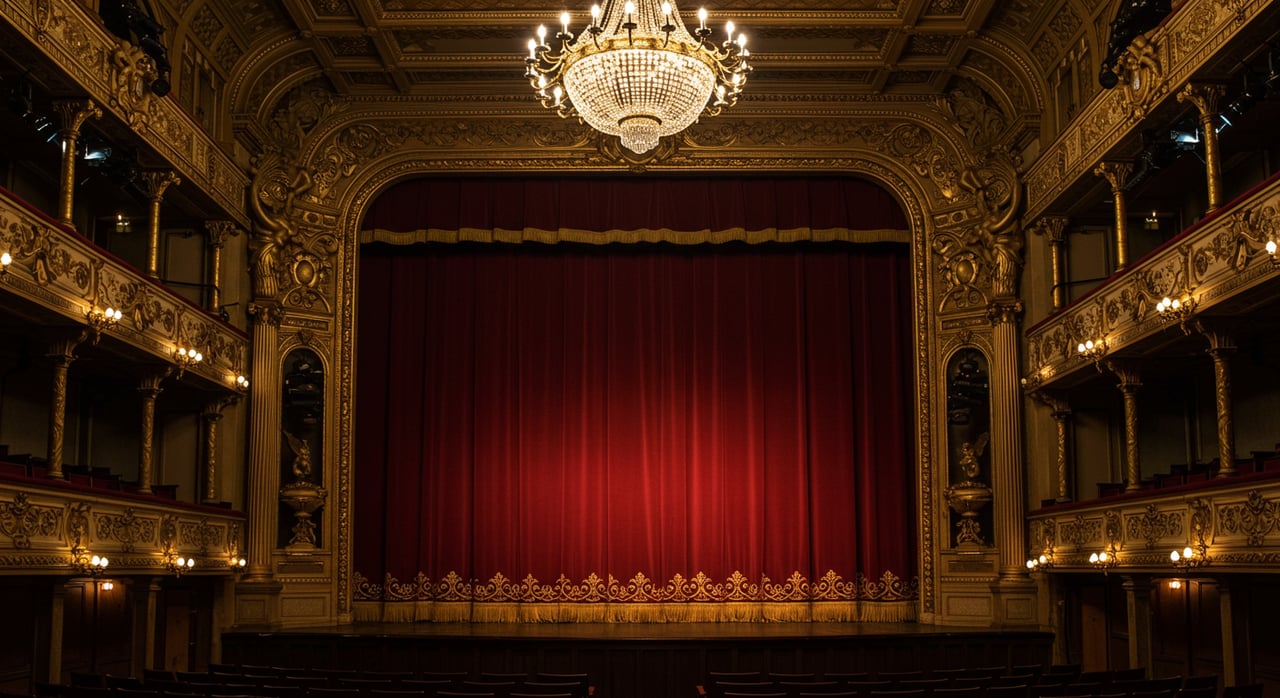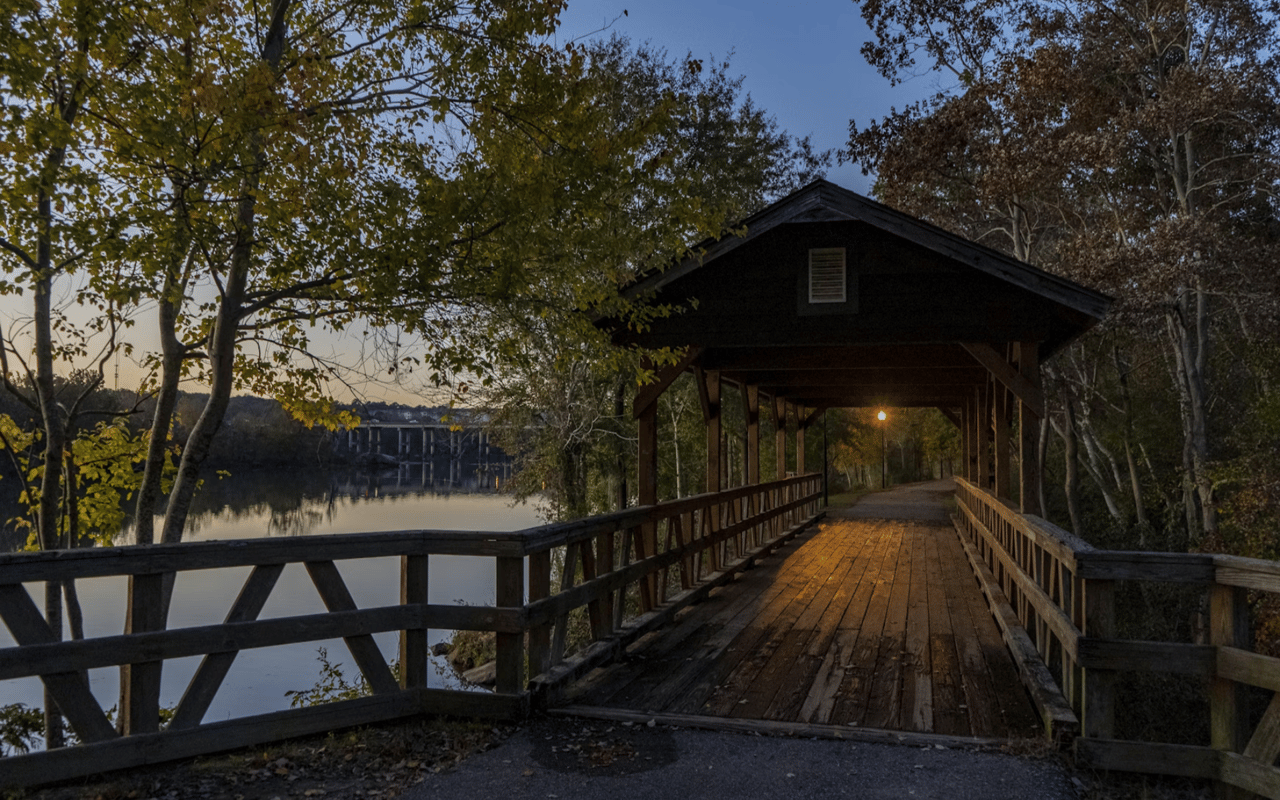Columbus, Georgia, nestled on the banks of the Chattahoochee River, is a city where the past and present seamlessly blend, creating a vibrant cultural landscape enriched by its historical and architectural heritage. This city boasts a variety of architectural landmarks that reflect the broader narrative of American history and style. From the antebellum homes of the Columbus Historic District to the iconic Springer Opera House, each structure and area offers a unique glimpse into the architectural and historical fabric of the city.
Columbus Historic District
The Columbus Historic District is an architectural treasure trove that showcases an array of styles, from Greek Revival and Queen Anne to Italianate and Colonial Revival, reflecting the city’s development through different eras. This district represents a living chronicle of architectural evolution in Columbus and North Columbus architecture, capturing the essence of each period through meticulously crafted details and diverse building techniques.
Greek Revival architecture is prominently featured in the district, recognizable by its large pillars, symmetrical shapes, and grandiose facades that echo ancient Greek aesthetics. This style was popular among Columbus residents in the mid-1800s, symbolizing wealth and stability. Homes in this style often feature tall white columns, porticos, and pediments set against traditional brick or stucco facades.
As the Victorian era took hold, the Queen Anne style became fashionable, known for its decorative gables, complex rooflines, and asymmetrical designs. Many homes in the Columbus Historic District exhibit these characteristics, with ornate woodwork, multi-textured walls, and vibrant colors that bring the streets to life. These homes often include towers, overhanging eaves, and round or polygonal turrets, which are visually striking and reflect the technological advancements of the time, such as the use of balloon framing.
The Colonial Revival style gained popularity in the 20th century, as seen in several homes throughout the district. These structures often feature a more restrained design with symmetrical facades, multi-pane windows, and substantial entryways. Colonial Revival homes in the district reflect a nostalgia for the American past and a desire to bring classical elements into a new age, providing a comforting sense of continuity amidst rapid urban and industrial growth.
Greek Revival architecture is prominently featured in the district, recognizable by its large pillars, symmetrical shapes, and grandiose facades that echo ancient Greek aesthetics. This style was popular among Columbus residents in the mid-1800s, symbolizing wealth and stability. Homes in this style often feature tall white columns, porticos, and pediments set against traditional brick or stucco facades.
As the Victorian era took hold, the Queen Anne style became fashionable, known for its decorative gables, complex rooflines, and asymmetrical designs. Many homes in the Columbus Historic District exhibit these characteristics, with ornate woodwork, multi-textured walls, and vibrant colors that bring the streets to life. These homes often include towers, overhanging eaves, and round or polygonal turrets, which are visually striking and reflect the technological advancements of the time, such as the use of balloon framing.
The Colonial Revival style gained popularity in the 20th century, as seen in several homes throughout the district. These structures often feature a more restrained design with symmetrical facades, multi-pane windows, and substantial entryways. Colonial Revival homes in the district reflect a nostalgia for the American past and a desire to bring classical elements into a new age, providing a comforting sense of continuity amidst rapid urban and industrial growth.
Springer Opera House
The Springer Opera House is a prime example of Victorian architecture, distinguished by its elaborate ornamentation and intricate detail, which exemplify Columbus's prosperity and cultural aspirations in the late 19th century. Constructed in 1871, the Springer Opera House incorporates Italianate and Second Empire architectural elements, which were highly fashionable among American theaters during this period.
Rounded arched windows and intricate stonework surround the façade, giving the building an air of European elegance. The tall, narrow windows and doors, adorned with ornate pediments, add to the sense of height and grandeur typical of Italianate architecture. Meanwhile, the Second Empire style is visible in the opera’s mansard roof, providing an additional decorative element and offering practical attic space.
Inside, the Springer Opera House continues to showcase its historical architecture with richly decorated interiors that include gold leaf detailing, lush red velvet, and beautifully crafted wood paneling. The ornamental plasterwork and exquisite murals adorning the ceilings and walls speak to a bygone era of craftsmanship and artistic expression.
Rounded arched windows and intricate stonework surround the façade, giving the building an air of European elegance. The tall, narrow windows and doors, adorned with ornate pediments, add to the sense of height and grandeur typical of Italianate architecture. Meanwhile, the Second Empire style is visible in the opera’s mansard roof, providing an additional decorative element and offering practical attic space.
Inside, the Springer Opera House continues to showcase its historical architecture with richly decorated interiors that include gold leaf detailing, lush red velvet, and beautifully crafted wood paneling. The ornamental plasterwork and exquisite murals adorning the ceilings and walls speak to a bygone era of craftsmanship and artistic expression.
Walkers-Peters-Langdon House
The Walkers-Peters-Langdon House, recognized as the oldest home still standing in Columbus, offers an exemplary snapshot of early American residential architecture — specifically reflecting the Federal style popular in the late 18th and early 19th centuries. Built in 1828, the house showcases the elegance and symmetry typical of the Federal style with its balanced windows, central door, and simplistic design, avoiding excessive ornamentation.
Clean lines and functional form characterize the architecture of the Walkers-Peters-Langdon House. The house features a rectangular floor plan, a side-gabled roof, and double-hung sash windows with five panes over five, a common feature of the period, providing both ventilation and light. The exterior is finished with wood clapboard, a common building material used for its availability and ease of installation during that era.
Internally, the house is arranged with a central hallway flanked by two rooms on either side, a typical layout of the Federal period that allowed for efficient movement and air circulation. The interior retains many original features, including heart pine floors and several fireplaces central to heating the home.
Clean lines and functional form characterize the architecture of the Walkers-Peters-Langdon House. The house features a rectangular floor plan, a side-gabled roof, and double-hung sash windows with five panes over five, a common feature of the period, providing both ventilation and light. The exterior is finished with wood clapboard, a common building material used for its availability and ease of installation during that era.
Internally, the house is arranged with a central hallway flanked by two rooms on either side, a typical layout of the Federal period that allowed for efficient movement and air circulation. The interior retains many original features, including heart pine floors and several fireplaces central to heating the home.
Ma Rainey House
The Ma Rainey House, the former home of Gertrude "Ma" Rainey, known as the "Mother of the Blues," provides a cultural landmark with deep roots in the African American history of Columbus. The house is a modest structure, embodying the typical architectural characteristics of early 20th-century working-class homes in the Southern United States. It is a simple one-story building with a front porch, reflecting the Shotgun house style prevalent in the South among African American communities.
This style is known for its narrow, rectangular design, where rooms are arranged one behind the other and doors at each end, which is how the Shotgun house gets its name — allegedly, a bullet could be fired through the front door and exit through the back without hitting any barriers. The Ma Rainey House features a gabled roof and wood siding, contributing to its humble yet functional aesthetic.
This style is known for its narrow, rectangular design, where rooms are arranged one behind the other and doors at each end, which is how the Shotgun house gets its name — allegedly, a bullet could be fired through the front door and exit through the back without hitting any barriers. The Ma Rainey House features a gabled roof and wood siding, contributing to its humble yet functional aesthetic.
Lion House
Built in 1853, the Lion House is an exquisite example of Italianate architecture, which became immensely popular in the United States during the mid-19th century. The house is noted for its ornamental design, which includes wide eaves with decorative brackets and a low-pitched roof — characteristics that are emblematic of the Italianate style. The façade is distinguished by tall, narrow windows, which are often rounded or arched at the top, adding to the aesthetic of an Italian Renaissance villa.
The most striking features of the Lion House are the two stone lion statues that sit at the front entrance, from which the house derives its name. These statues enhance the property's grandeur and reflect the Victorian style’s fascination with symbolism and grand architectural statements. The house's interior remains true to its Italianate origins, with high ceilings, ornate woodwork, and detailed plaster cornices, providing a sense of the opulent lifestyle of its original occupants. The architectural significance of the Lion House lies not just in its design but also in its preservation, allowing it to serve as a vivid representation of the Italianate style's impact on both Columbus and North Columbus architecture.
The most striking features of the Lion House are the two stone lion statues that sit at the front entrance, from which the house derives its name. These statues enhance the property's grandeur and reflect the Victorian style’s fascination with symbolism and grand architectural statements. The house's interior remains true to its Italianate origins, with high ceilings, ornate woodwork, and detailed plaster cornices, providing a sense of the opulent lifestyle of its original occupants. The architectural significance of the Lion House lies not just in its design but also in its preservation, allowing it to serve as a vivid representation of the Italianate style's impact on both Columbus and North Columbus architecture.
Embrace the Beauty of North Columbus Architecture
Columbus's architectural landscape is vast and impressive, featuring a rich array of historic landmarks that contribute to the area’s unique charm. If you are captivated by the beauty of Columbus and North Columbus architecture and are considering buying a home here, let Melissa Thomas guide you through the real estate possibilities this fabulous city offers. From stately homes in the Historic District to unique residences throughout the city, Melissa can help you find a property that connects you with the history and beauty of Columbus. Contact Melissa Thomas today to discover how you can make your home amidst the architectural treasures of Columbus.
*Header image courtesy of Unsplash
*Header image courtesy of Unsplash




